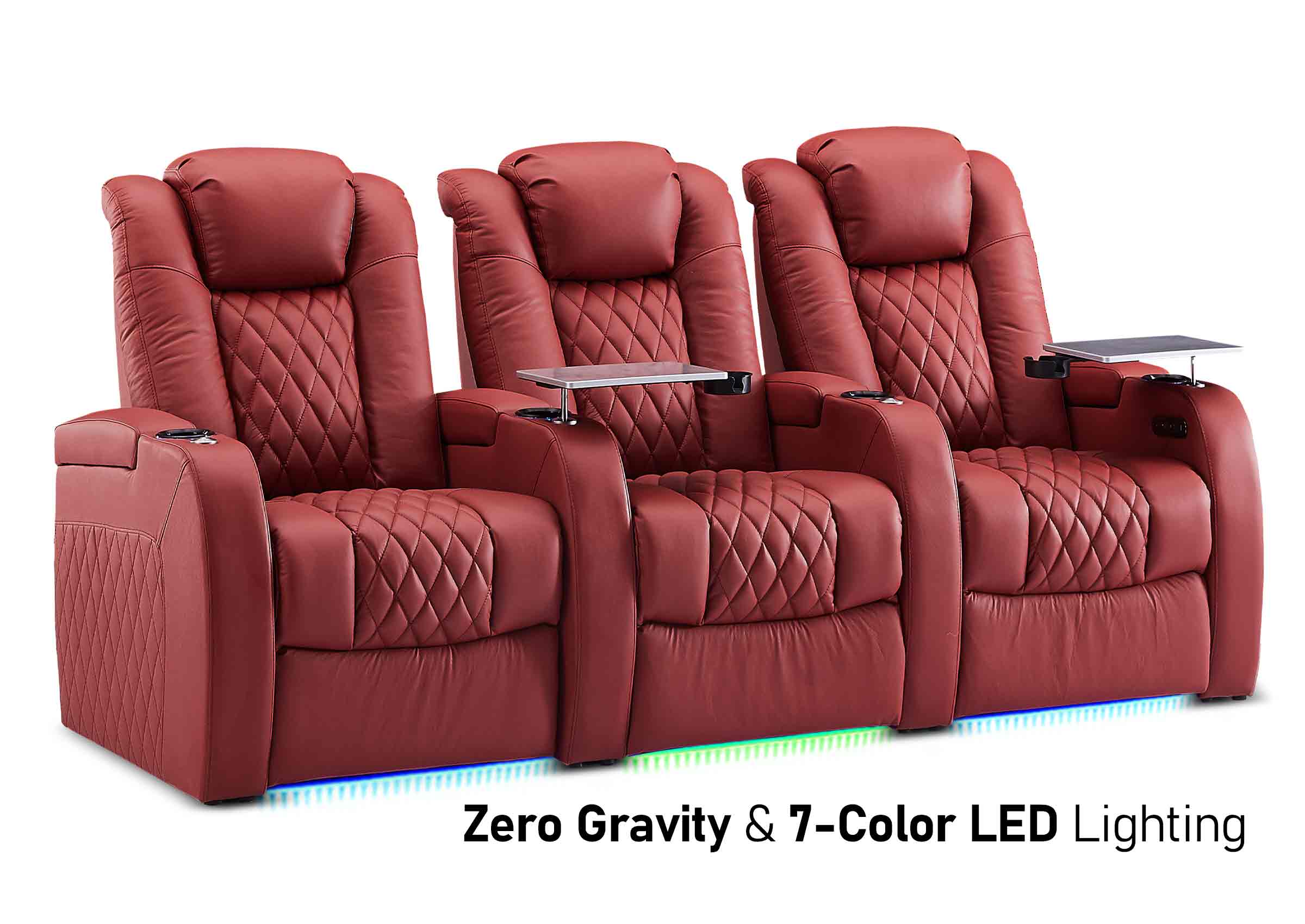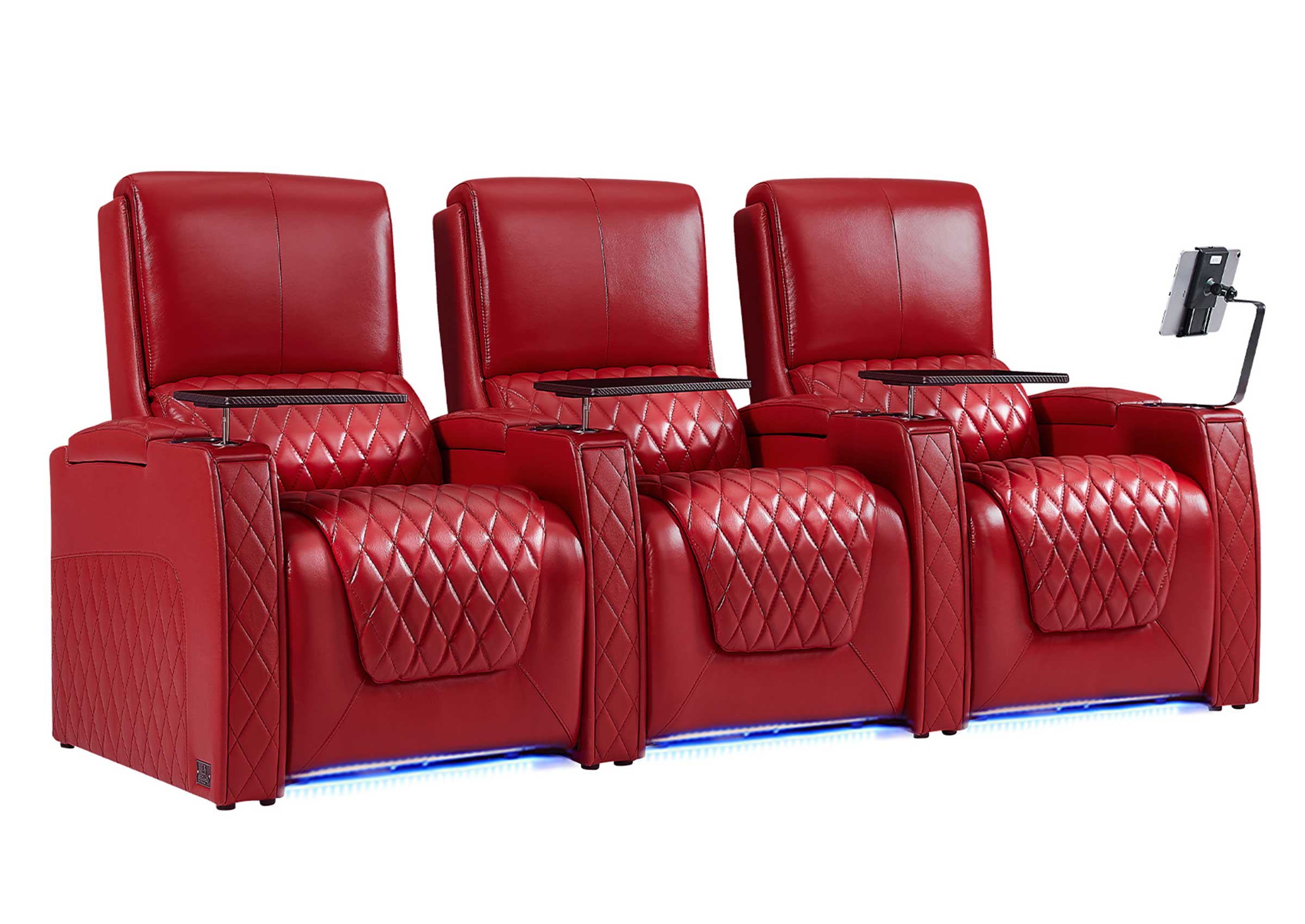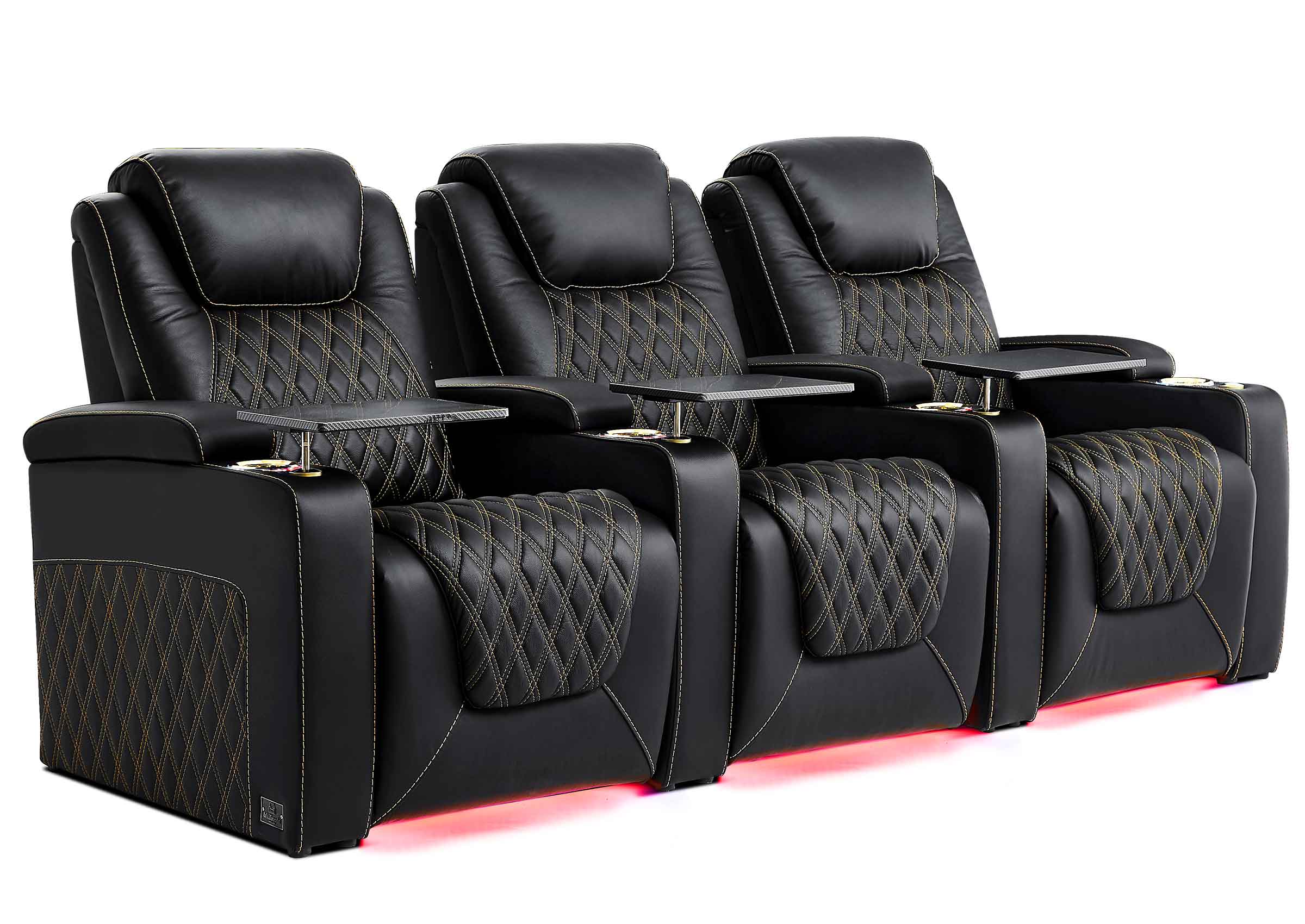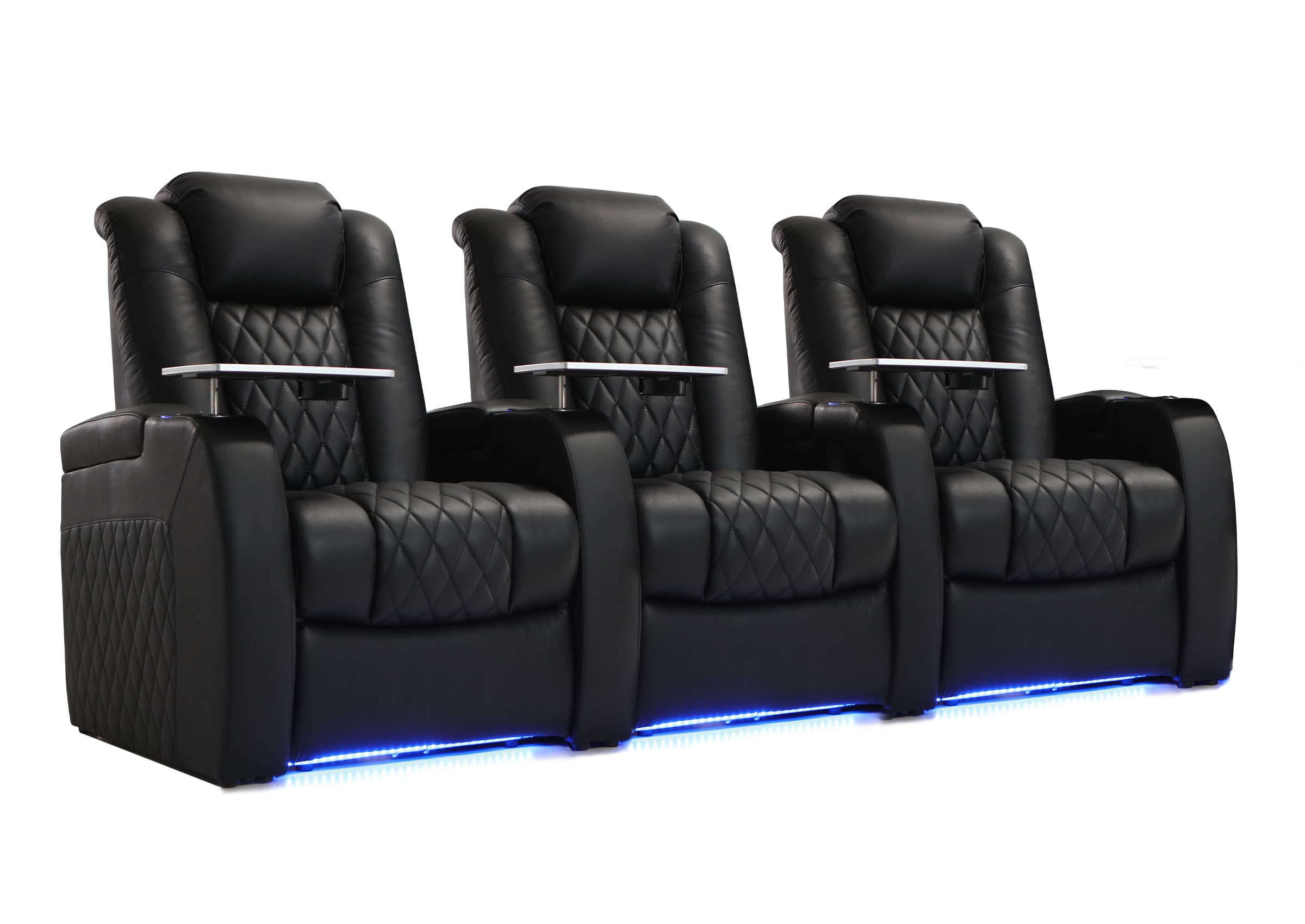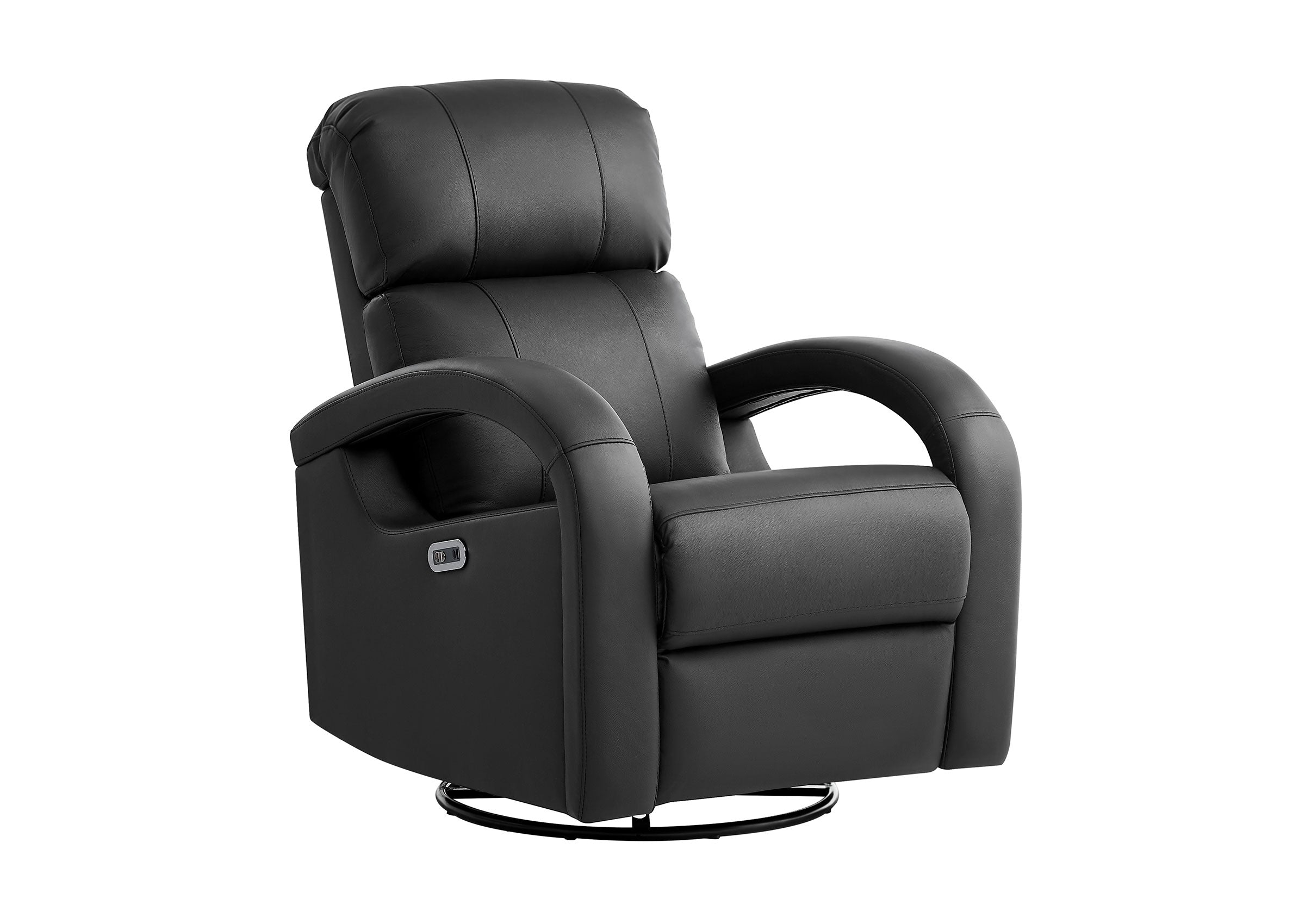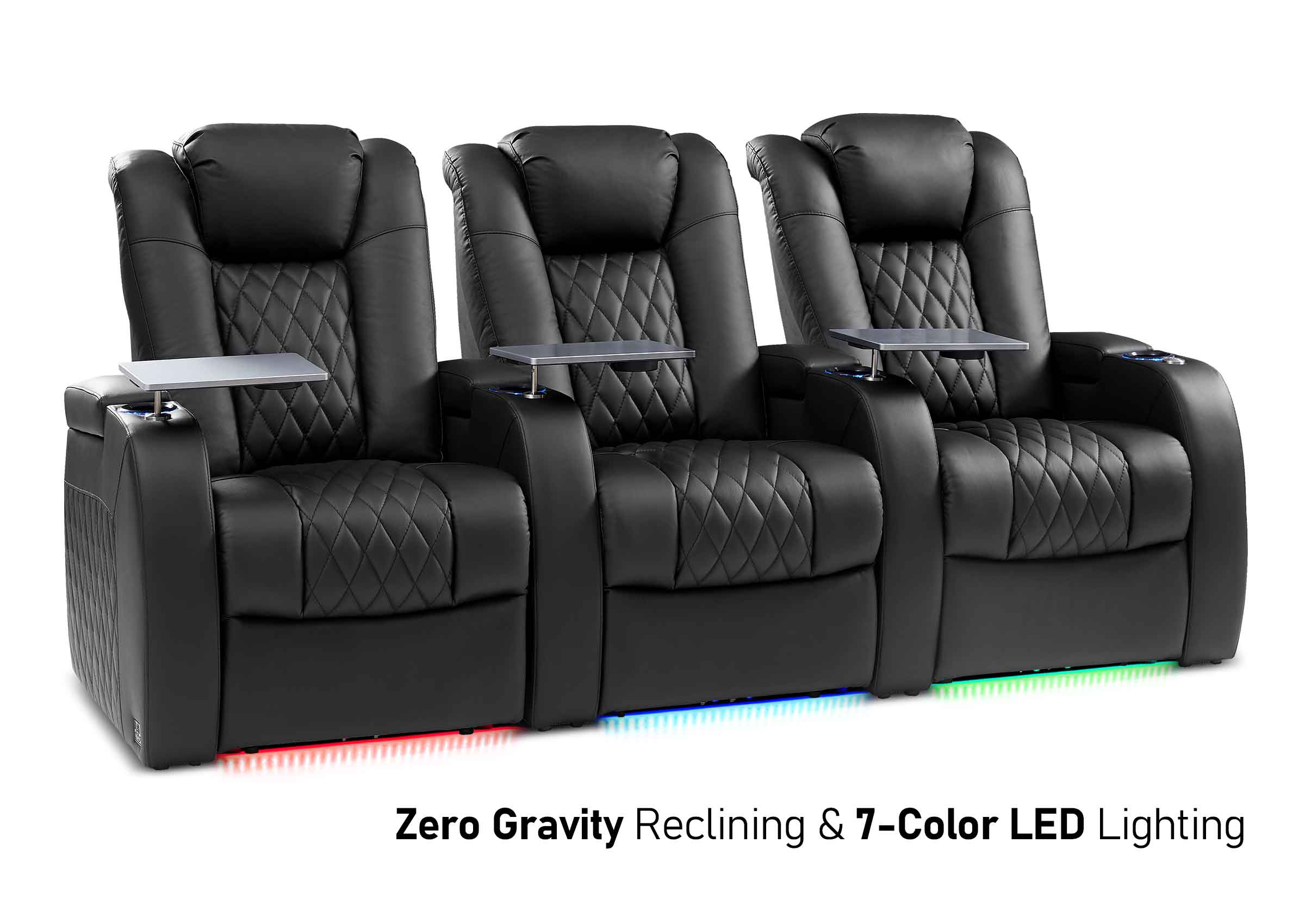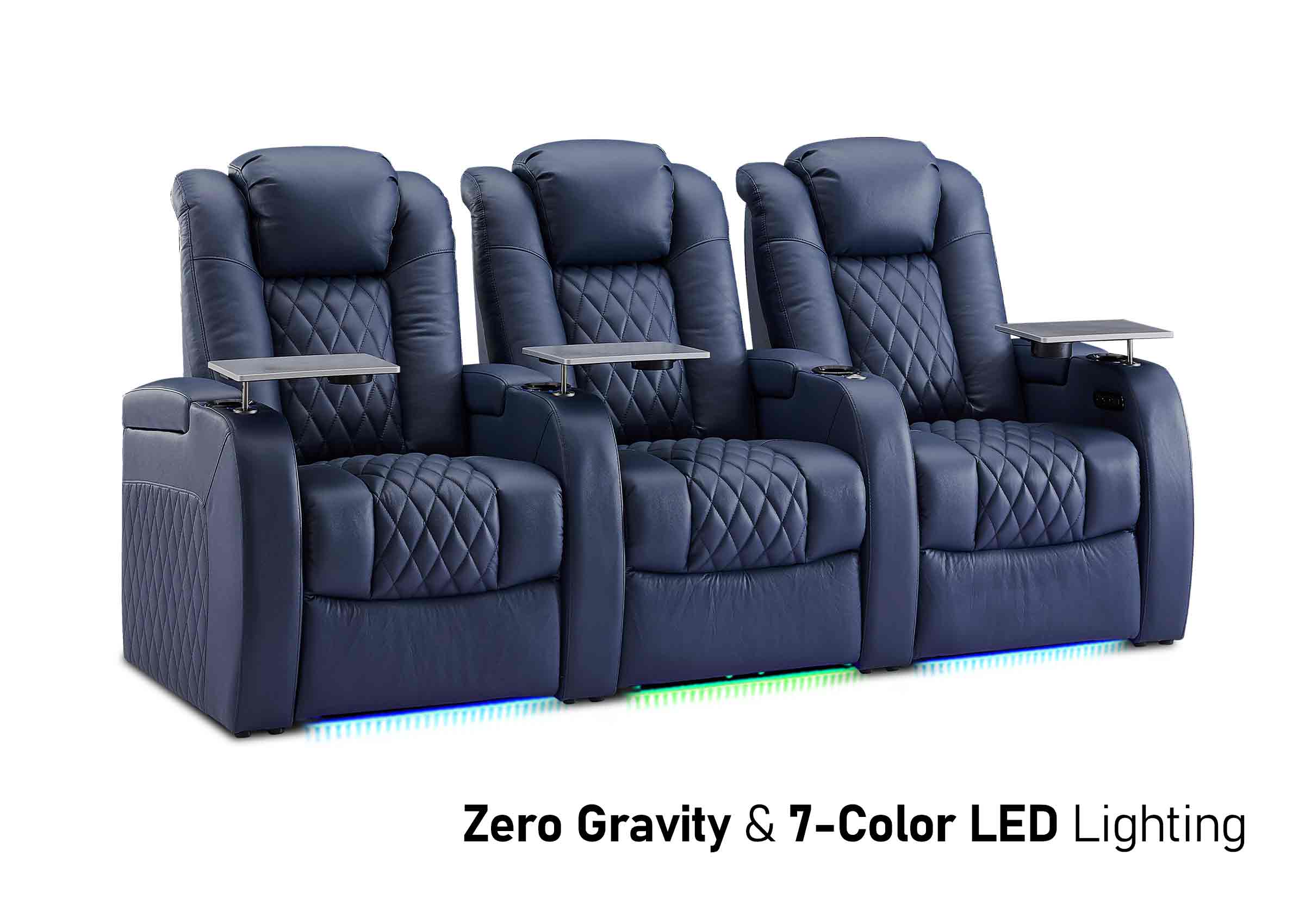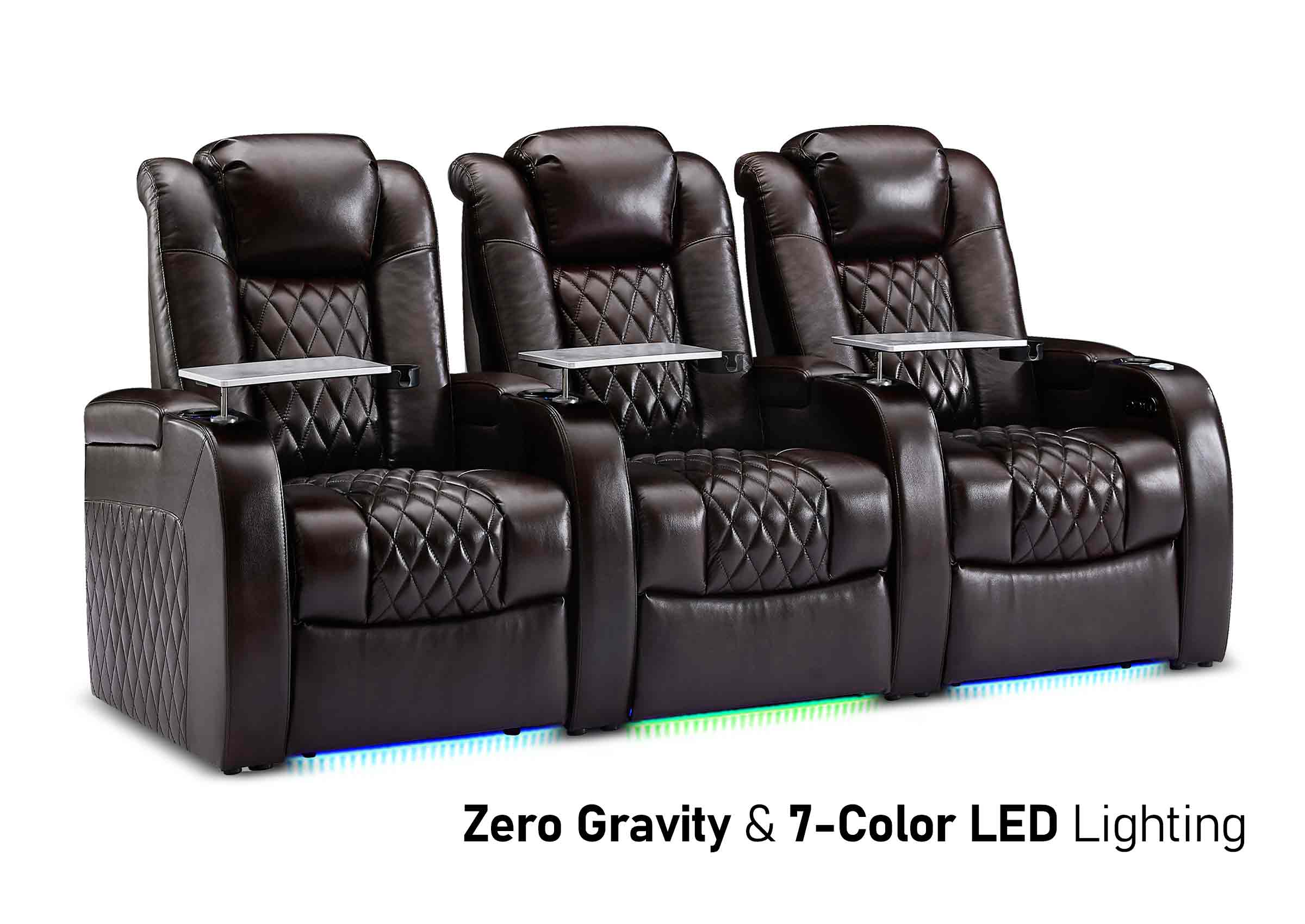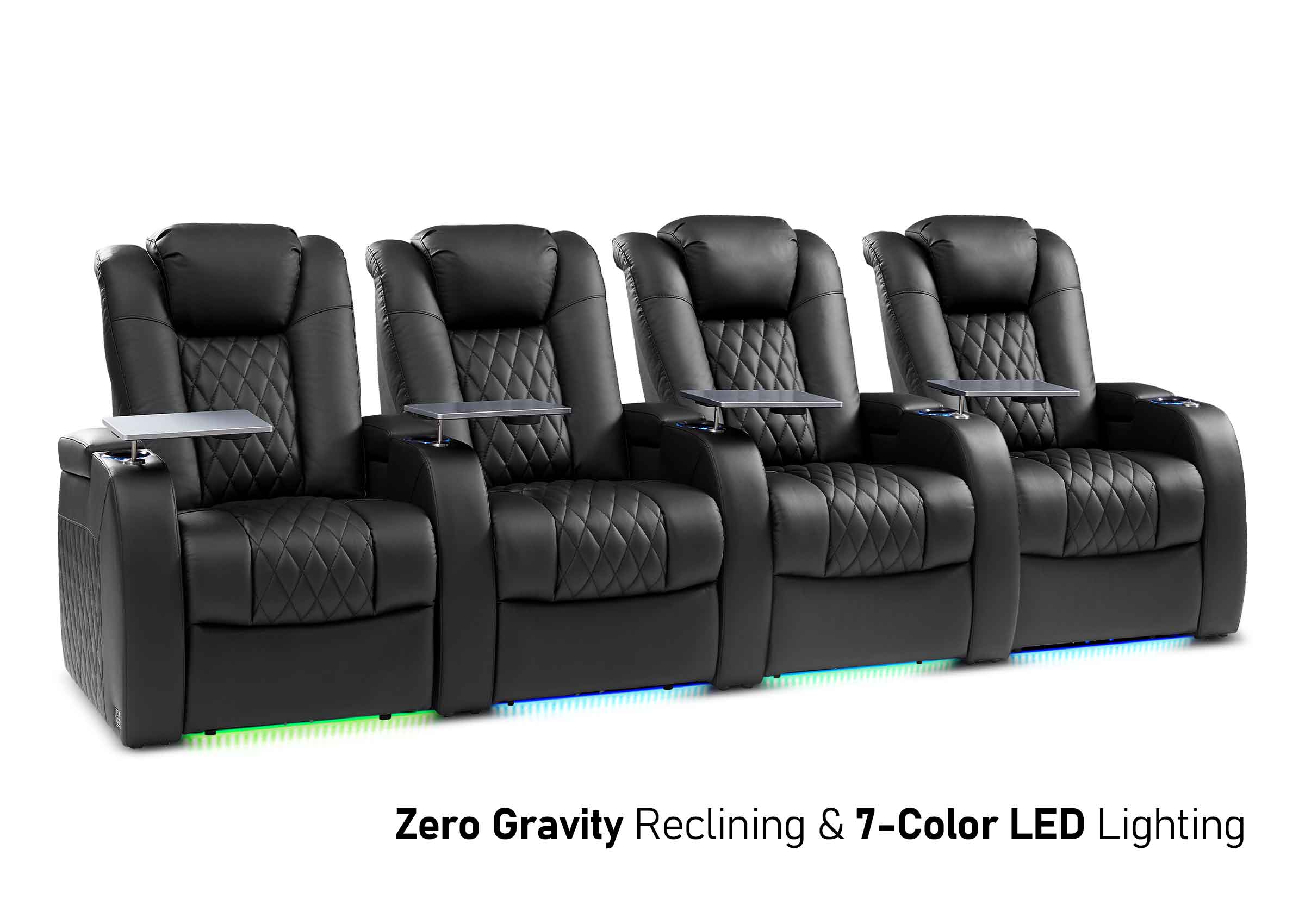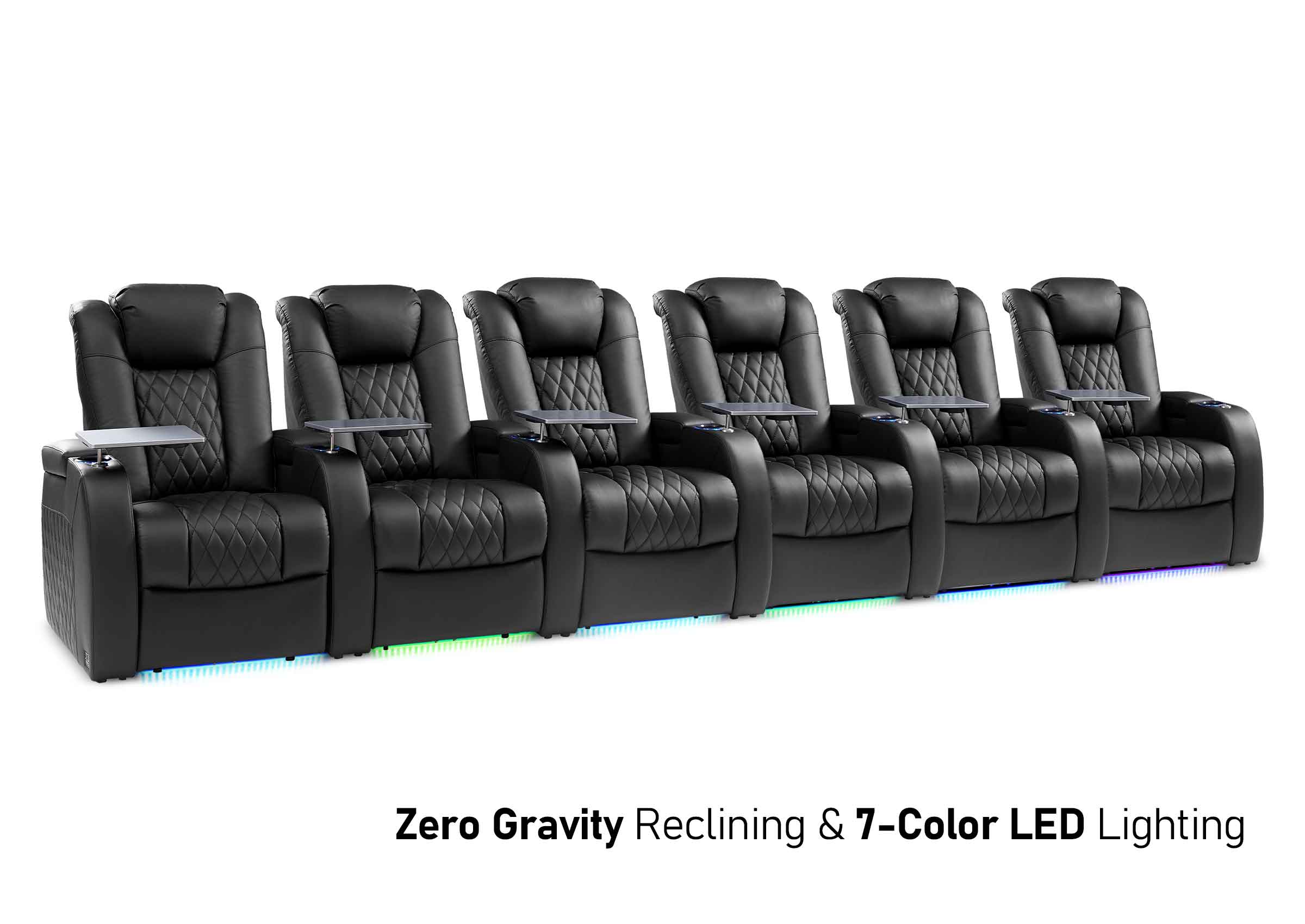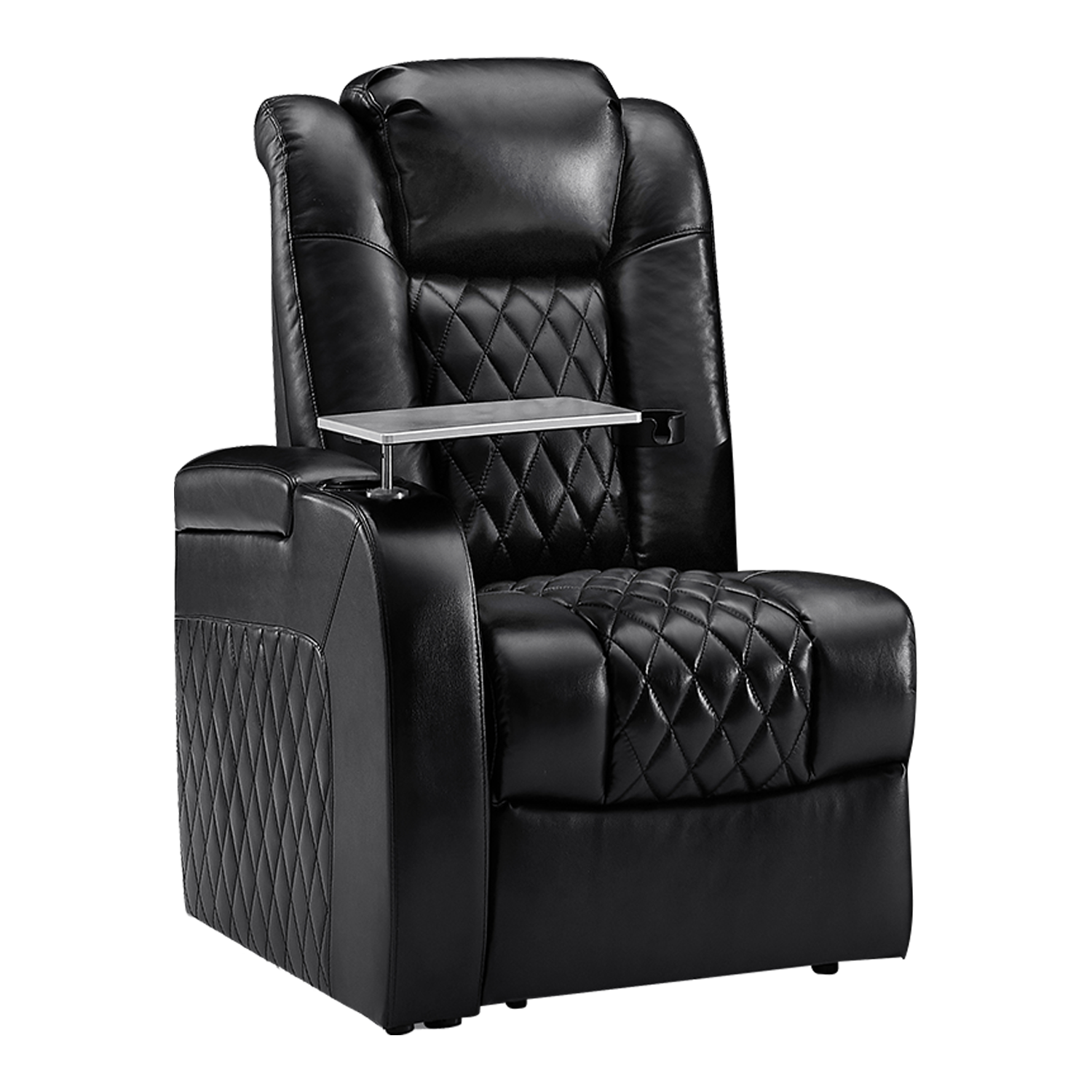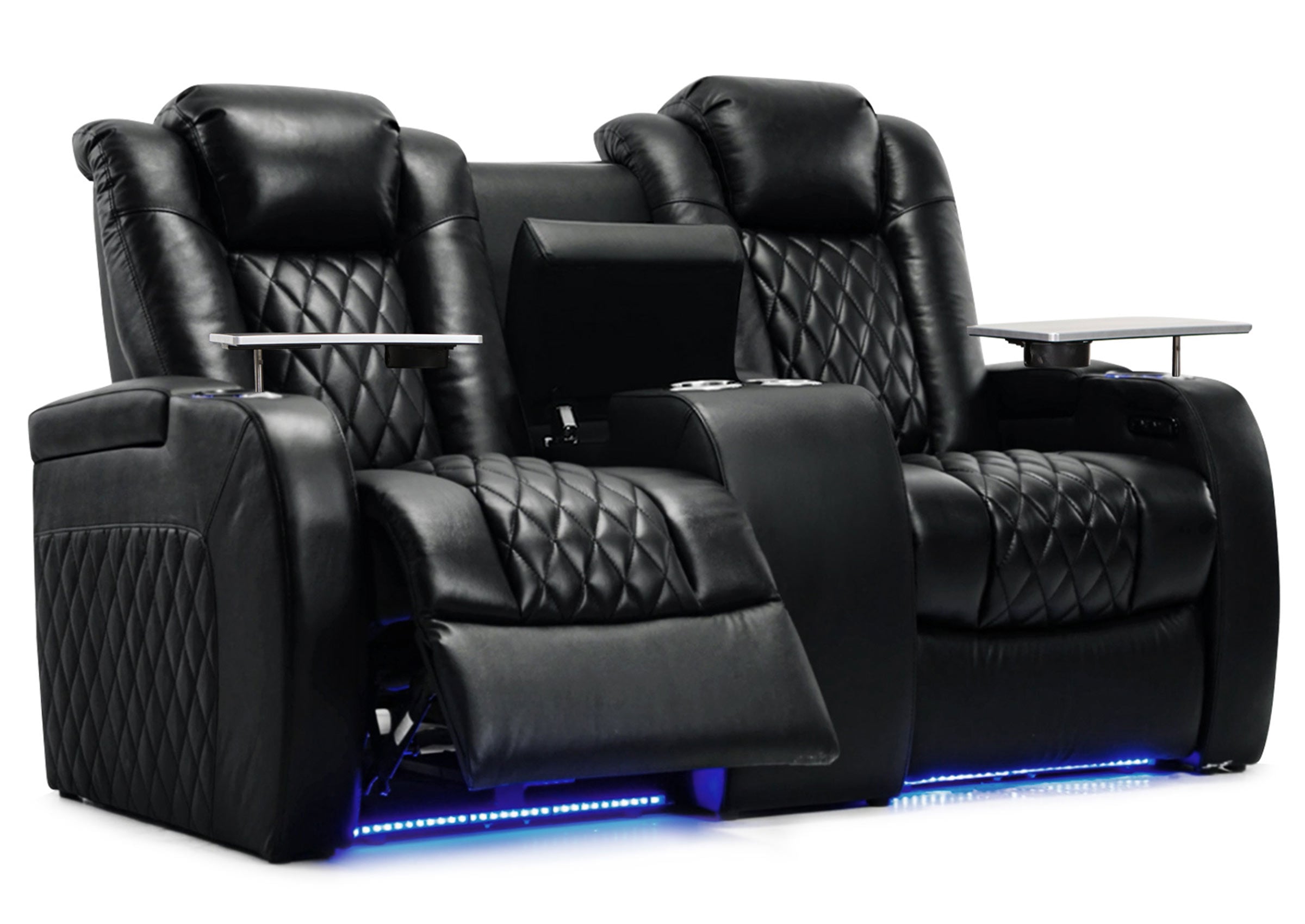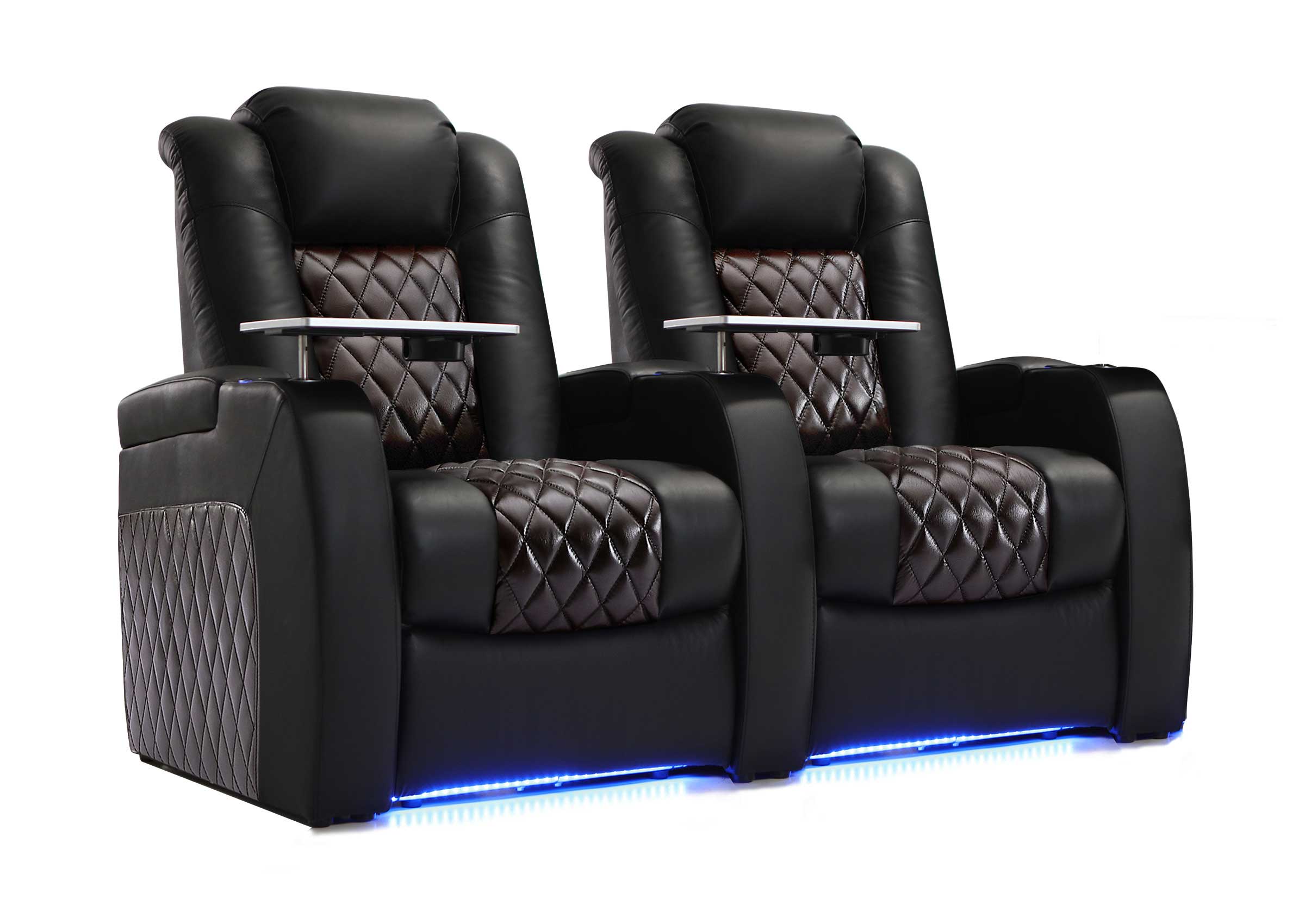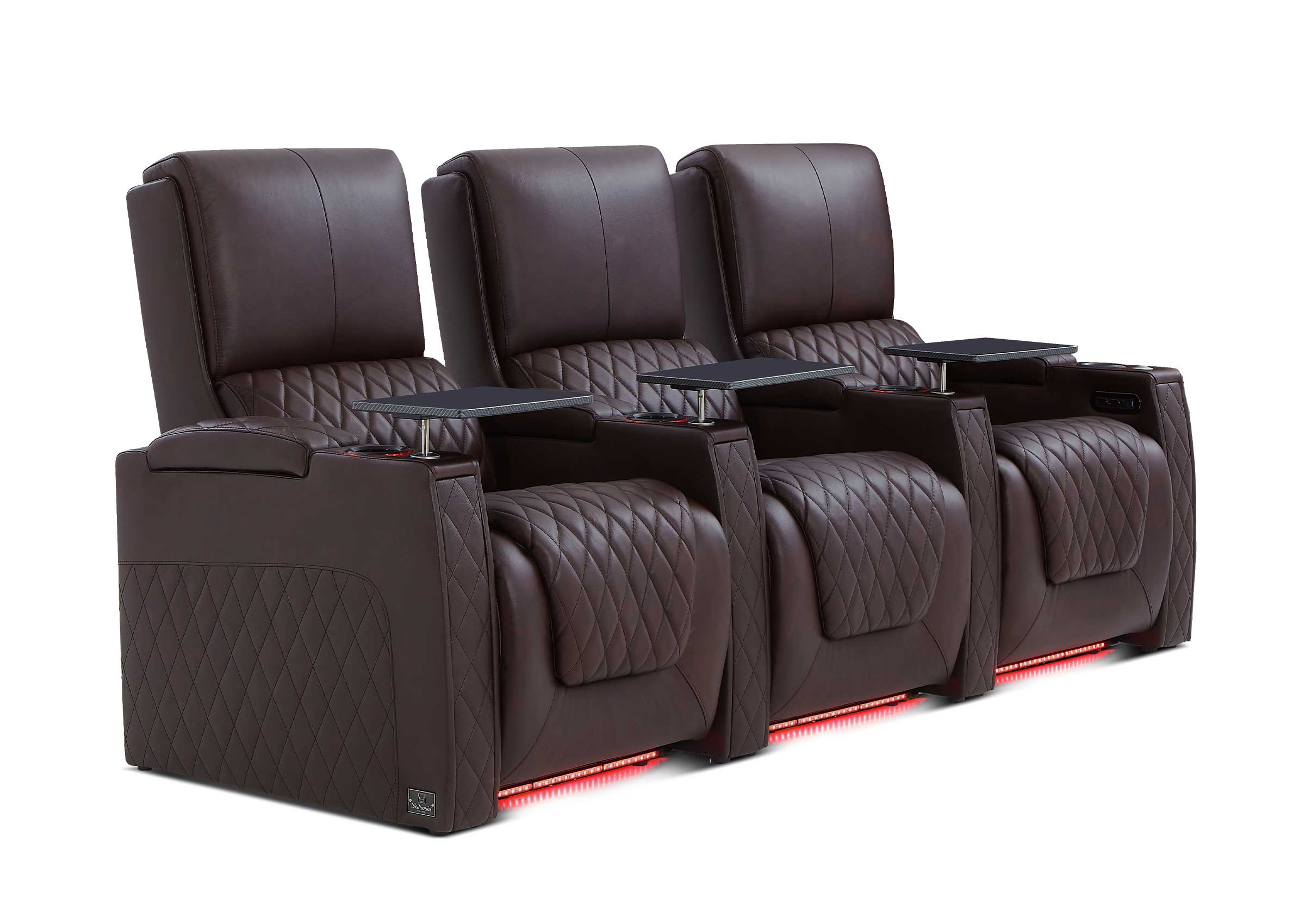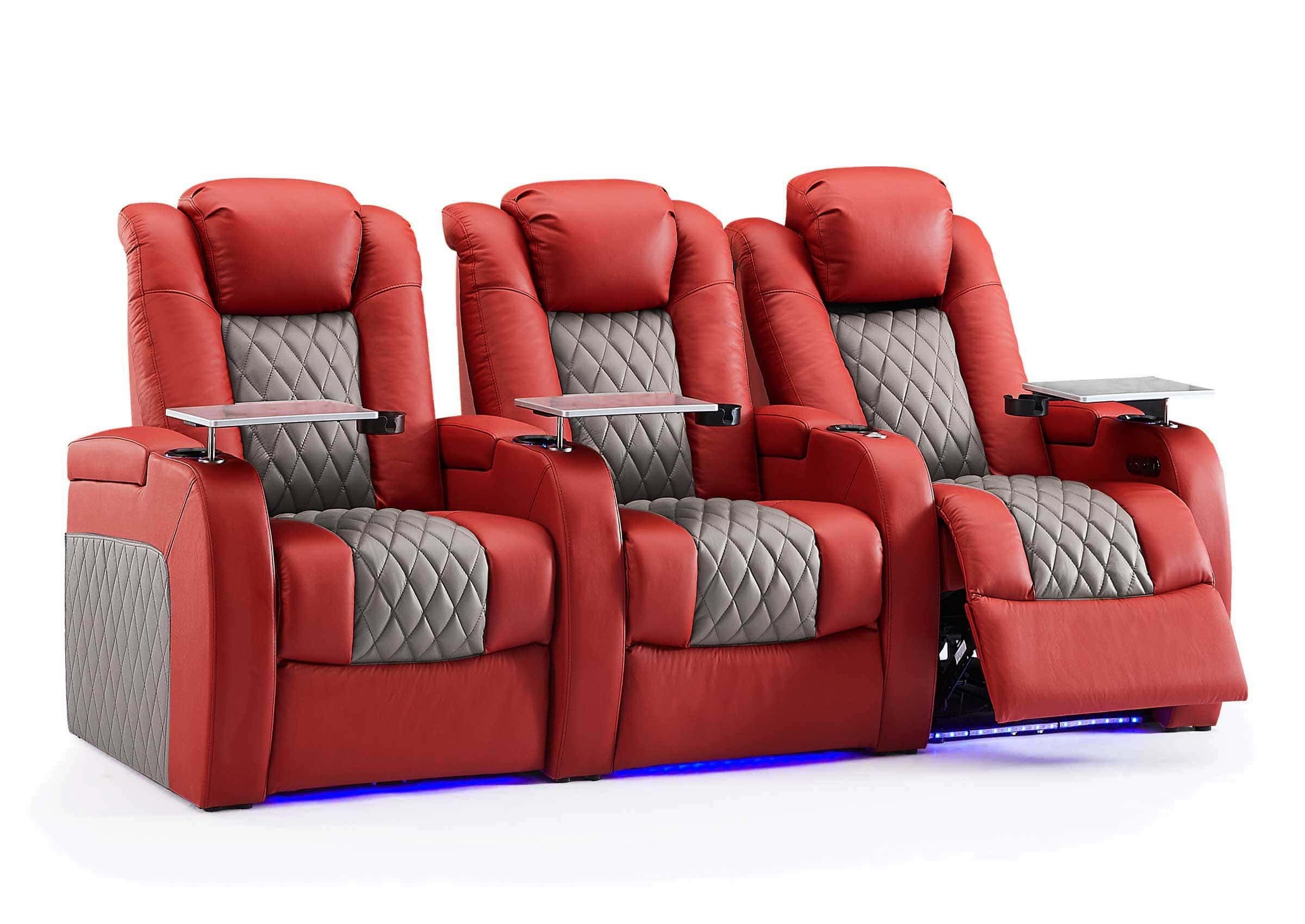The medium-sized room, measuring 215 to 375 square feet (20 to 35 square meters), is perfect for creating a home theater. It is large enough to create an exhilarating movie experience that would be impossible with a smaller room, yet it remains manageable. This makes it possible to have a powerful sound system without the tricky sound problems and expense of a big theater. Properly planned, you can have a nicely balanced home cinema in a medium-sized room.
How Should You Plan a Mid-Sized Home Theater?
Balance should be the main idea behind your plan. The main goal in a room this size is to make the audio and visual content as immersive as possible without making the space or its occupants feel overwhelmed. That means that every decision, from the paint color to the amount of seats, must be made on purpose and with the goal of making a comfortable, interesting movie experience. The mid-sized theater is different from a big area where you can fix difficulties with more technology or a tiny room where you have to make compromises. It rewards careful, efficient design.
The Importance of Balance
Success in a mid-sized room hinges on achieving a harmony between scale and comfort. You have enough space to think big, but not so much that the fundamentals can be ignored. The design process involves making a series of interconnected decisions. For instance, the size of your screen will directly influence your seating distance, which in turn dictates where your surround sound speakers should be placed. Rushing one decision can negatively impact the others. The objective is to create a cohesive environment where the technology disappears, leaving only the experience.
Light Control Strategies
You need to have complete control over the light in the room before you put in any equipment. The main thing that ruins a nice projected image is light coming in from windows or doors. It makes colors look washed out and contrast disappear, making the picture look flat and lifeless. Purchase high-quality blackout curtains or purpose-built shades as your first design step. Look for a room with near-total daytime darkness. A dedicated theater room is characterized by its control over light, which is essential for the projector's optimal performance.

Optimal Room Orientation
The physical layout of the room plays a crucial role in both the audio and visual experience. You should orient your theater along the longest dimension of the room, placing the screen on one of the shorter walls. This simple decision has several profound benefits. First, it provides the maximum possible throw distance for your projector, giving you more flexibility in your choice of lens and equipment placement. Second, this longer layout is acoustically superior, as it allows sound waves, particularly low-frequency bass notes, to travel and develop more naturally before reflecting, resulting in a smoother and more impactful audio experience. This orientation also creates a clear "front stage" for the room, making the placement of speakers and seating far more intuitive.
What Visual Equipment Is Best for This Space?
The best visual equipment is that which is perfectly scaled to the room's dimensions. The goal is to create an image that is large enough to be truly absorbing, filling your field of view and pulling you into the film, but not so large that it causes eye strain or reveals the limitations of the technology. The synergy between the projector and the screen is what will ultimately define the quality of your visual experience.
Ideal Screen Dimensions
If your space is between 215 to 375 square feet (20 to 35 square meters), the best screen size is usually between 100 and 130 inches measured diagonally. At normal seating distances of 10 to 16 feet (3 to 5 meters), this size range is just right for immersion. This size screen is big enough to feel like a movie and grab your attention, making the walls of the room seem to disappear. If you pick a screen that is considerably bigger than 130 inches, you might not be able to sit far enough away to see the whole picture comfortably. Instead, you will have to scan the screen with your eyes. On the other hand, a screen smaller than 100 inches in a room this size can feel small and not provide the big scale that the room can handle.
Projector Selection Criteria
Before buying a projector, measure the room and screen size to determine which model will work best. First, think about the throw ratio, which informs you how big of an image the projector can make from a specific distance. You need to be sure that the projector you choose can make the screen size you want inside the length of your room. A projector with a modest brightness level (lumens) is usually enough for a room with a 100-130 inch screen that can be darkened. The projector's native contrast ratio is a more important feature. The difference between the darkest black and the brightest white that a projector can make is called contrast. High contrast ratios offer images depth and lifelikeness in dark, dedicated theaters.

How Can You Achieve Immersive Sound?
To get genuinely immersive sound, you need more than just basic audio installations. You need a well-calibrated, multi-channel system that surrounds the listener. One big benefit of a mid-sized room is that it lets sound travel properly and offers you enough space to put speakers in the best places. Appropriate acoustic treatments produce clear, precise, and forceful sound.
Surround Sound Configurations
While a standard 5.1 channel system is a good starting point, a mid-sized room provides the perfect opportunity to upgrade to a 7.1 or 7.2 channel configuration. A 7.1 system adds two rear surround speakers behind the listening position, which creates a more complete and seamless 360-degree sound field. This is particularly effective for tracking sound effects that move from the side to the back of the room. Opting for a 7.2 system, which incorporates a second subwoofer, is highly recommended. A second subwoofer doesn't just produce more bass; it produces better bass. Two subwoofers work together to smooth out the low-frequency response across the entire seating area, minimizing spots where the bass sounds overly boomy or disappointingly weak.

Immersive Audio Formats
Immersive audio formats using height channels work well in this room size. A 5.1.2 or 7.1.2 setup is a great objective that is quite possible to reach. This setup adds two height speakers to a standard surround layout. These speakers can be mounted in the ceiling or be upward-firing models. You can use these speakers to play noises from above, like rain falling, a helicopter flying by, or music that sounds like it's coming from the sky. A three-dimensional sound bubble greatly enhances realism and immersion.
The Role of Acoustic Treatment
All the way down to the finest speakers, the room still plays a significant role in how the sound comes across. Sound can bounce around uncontrolled on hard, shiny surfaces like drywall and bare flooring. This makes it hard to understand conversation and blurs the fine nuances in a movie's soundtrack. Strategic acoustic treatment is a must.
- Absorption Panels: These should be placed at the "first reflection points" on the side walls, located between the front speakers and your main seating position. This is the most important treatment for improving sound clarity.
- Diffusion: Placing diffusers on the back wall helps to scatter sound waves. This prevents harsh echoes from slapping back at the listener and gives the room a more spacious and open sound.
- Bass Traps: Low-frequency sound energy naturally builds up in the corners of a room. Placing dedicated bass traps in the corners will absorb this excess energy, resulting in bass that is tight, articulate, and impactful, rather than boomy and uncontrolled.
What Is the Ideal Seating Arrangement?
The best ideal seating arrangement is one that makes sure that everyone can see and hear everything clearly and comfortably. You may make a multi-person cinema in a 215-375 square foot (20-35 square meter) room. The arrangement you choose will determine how many people can fit in your theater and how they will interact with one other.
Single-Row Seating
For a pure, uncompromising cinematic experience, a single, centered row of 3 to 5 dedicated theater recliners is often the best choice. This layout ensures that every viewer is positioned within the acoustic "sweet spot," receiving the most balanced sound from all speakers. It also guarantees that everyone has a perfect, head-on view of the screen. This arrangement is ideal for enthusiasts who prioritize ultimate performance and typically entertain smaller groups.

Two-Row Layouts and Risers
A two-row configuration works well for big families or visitors, especially in 375 square foot (35 square meter)rooms. A row of three seats in the front and a row of four chairs behind it is a frequent and very successful setup. To make this work, the back row needs to be higher up on a riser. A riser is a custom-built platform that is usually 8 to 12 inches (20 to 30 cm) high that lifts the back seats so that you can see over the heads of the people seated in front of you. A second row without a riser is a major design error that will make those chairs worthless.

Maximum Seating Capacity
While it might be tempting to maximize the number of seats, quality should always win over quantity. For a room in this size range, the maximum comfortable capacity is typically 7 to 8 seats. Attempting to squeeze in more will almost certainly lead to compromised viewing angles for side seats, a cramped and uncomfortable environment, and difficulties with proper speaker placement. Sticking to this capacity ensures that every seat in the house is a good one.
Press Play on Your Dream Theater
Planning a medium-sized home theater takes time. With the right sized equipment, a well-planned seating arrangement, and meticulous control over the room's lighting and acoustics, you can create a truly unique space. Enjoy years of fascinating entertainment with loved ones in the comfort of your very own home theater, which will serve as a haven from the stresses of everyday life.








